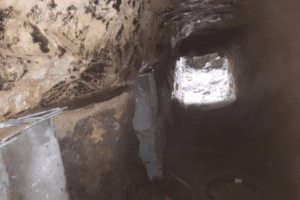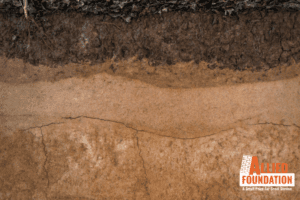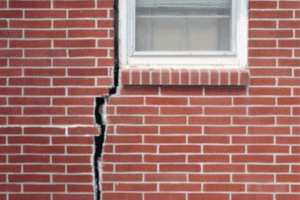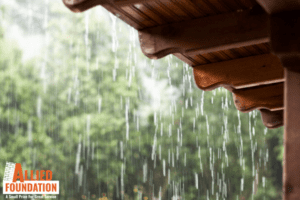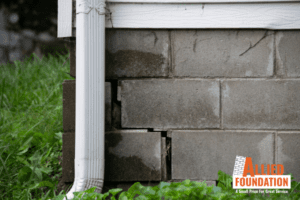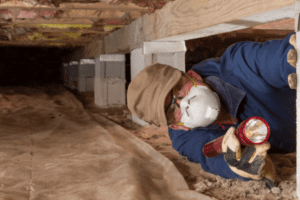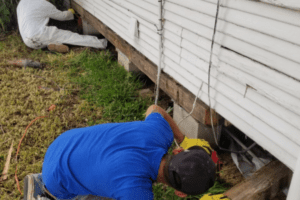If you suspect problems with your sewer line, a sewer line inspection is the best way to get to the root of the issue. Done right, a line inspection provides information about your line you can’t get elsewhere.
That said, there are lots of companies that promise miracles when it comes to sewer line inspections. While inspections are very useful, there are limits to what they can do for homeowners.
Used for the appropriate purpose, a sewer line inspection is a valuable first step to resolving a matter that might otherwise cause serious damage to your sewer line and fixtures that use it.
But it can also be used as a marketing ploy that doesn’t deliver the promised results.
So, what’s the real truth when it comes to a sewer line inspection?
Let’s take a closer look.
What is a Sewer Line Inspection, Anyway?
A residential sewer line connection is not like a big city’s sewer system. Instead of roaming underground tunnels to find the source of a problem, special equipment is used most of the time.
One of the most valuable tools at a professional’s disposal is the sewer camera. A sewer camera can get to places people can’t – namely, it can be guided into the pipes beneath your home.
Sewer lines generally run under the foundation of your house. Damage to these lines can cause a variety of symptoms, including gas odor, slow-draining fixtures, or an overflowing toilet.
A sewer line can become compromised through no fault of the homeowner. If the damage is allowed to mount, the line may rupture. This can cause catastrophic damage to a home’s foundation.
A sewer video camera is inserted into the sewer line on a flexible cable that allows it to move deep into the pipes. In most cases, the camera enters through the sewer line cleanout, a capped pipe made for accessing the sewer line and clearing out blockages.
Through a monitor, laptop, or tablet, experts on the ground can see what the camera sees.
This is often the fastest way to get a definitive answer about sewer line woes.
What Problems Can a Sewer Line Inspection Detect?
Thanks to aggressive advertising, there’s a lot of confusion about what an inspection can do, but there are several ways it can be useful to a homeowner:
1. Locate Sewer Lines
There are many different reasons you might need to locate sewer lines. For example, you may be getting your home leveled, adding fencing or drainage systems, or planning foundation repair.
No matter the case, the sewer camera can pinpoint the precise location of your lines. It does this using a tracking signal communicated to a specialized receiver set up aboveground.
2. Find Drainage Issues
Drainage and stoppage issues are the #1 use of sewer line inspections. Sewer pipes rely on the power of gravity to ensure water flows efficiently from your home to the septic system or municipal sewage treatment plant. A small clog can have a big impact.
Clogs in sewer lines can be caused by broken pipes, but just as often, miscellaneous debris turns out to be the culprit. This can be things like roots or mud, unrelated to what you flush.
3. Determine Pipe Type
A sewer camera can identify whether you have PVC, PEX, or cast iron pipes. Each type of pipe has its own unique maintenance needs, so figuring this out can help you decide on a course of action.
4. Diagnose Sewer Connections
A sewer is a series of exchanges with different pipes and fittings working together. Even directly under your home, where the homeowner retains responsibility for the line, it can be surprisingly complex – and so, issues can be tough to pin down.
A sewer camera can closely observe pipe fittings and junctions. It can also be used right at the connecting points to run water. This gives the camera unprecedented power to discover where the flow is interrupted.
The Biggest Thing a Sewer Inspection Can’t Do? Find a Sewer Line Leak
Here’s the catch: If you have a leak, a sewer line inspection won’t always help you.
The reason why is simple. When a leak is happening, water is escaping from a pipe. The camera, located inside the pipe, doesn’t have the perspective needed to spot a leak in progress.
Likewise, the team member on the surface has to interpret what’s on the monitor. Since PVC, PEX, and cast iron pipes are all very thick, what looks like a hole in the pipe may only be superficial wear.
At Allied Foundation, we work hard to make sure our clients get the most value from their line inspection. You will know exactly what to expect, what you’ll get, and what you won’t.
To find out more or get started, just contact us today.

